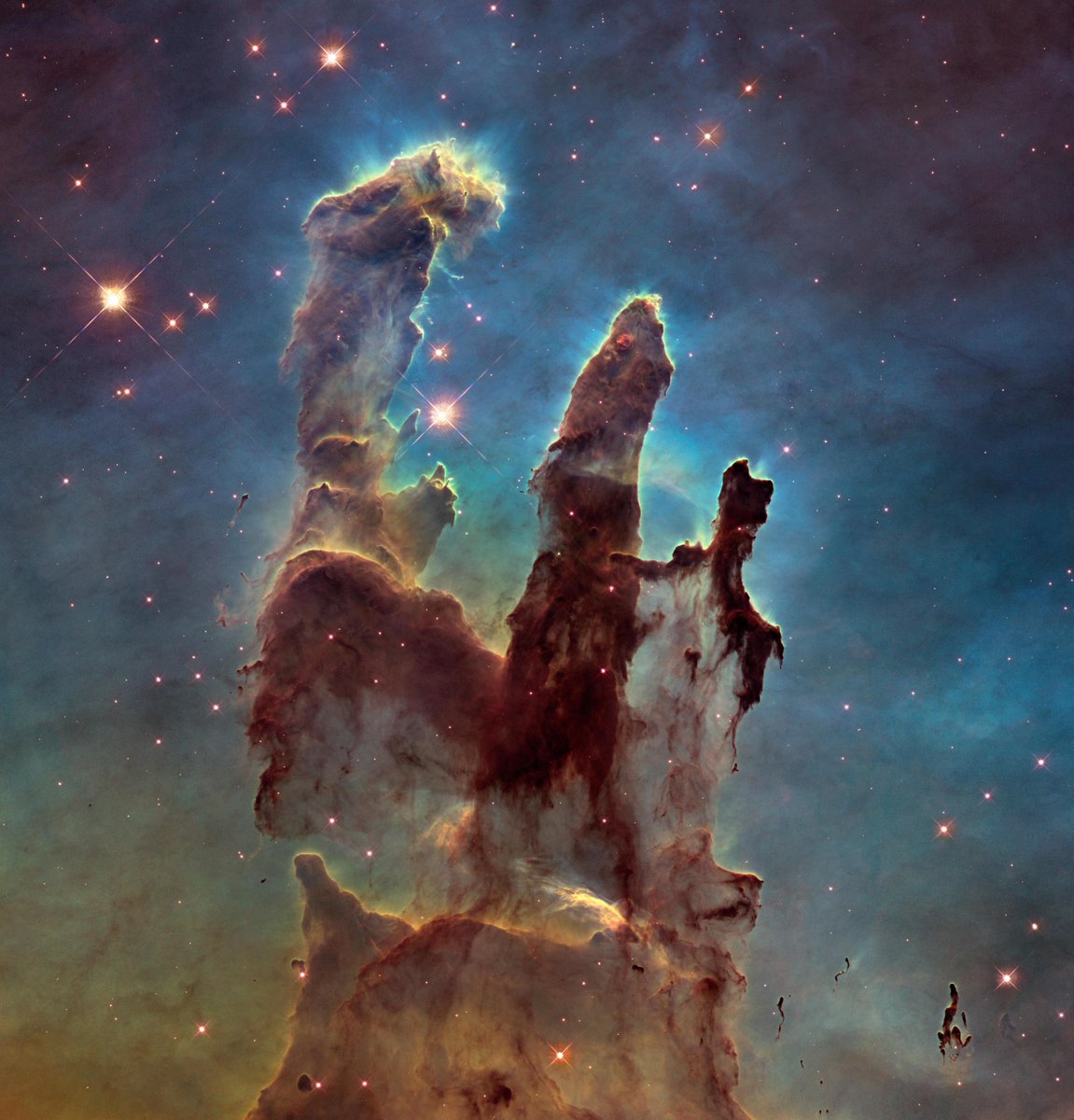Hubble captured a new view of an interstellar comet! That's a comet that came from outside our solar system, in the mysterious region of space between stars. ☄️
Have questions? Join scientists later today from 2-4 p.m. EDT to get them answered!
go.nasa.gov/2pw6blJ
Have questions? Join scientists later today from 2-4 p.m. EDT to get them answered!
go.nasa.gov/2pw6blJ
Dr. Kenneth Carpenter is the Hubble Space Telescope Operations Project Scientist & the WFIRST Ground System Project Scientist @NASAGoddard in Greenbelt, Maryland. His research specialty is on the outer atmospheres & winds of cool, evolved stars. He's here to answer questions! 

Max Mutchler is a scientist @stsci in Baltimore, where he has worked on Hubble for almost 30 years. He is an expert on Hubble’s cameras, & specializes in using them to observe Solar System objects. Max is now transitioning to work on @NASAWFIRST, a future space telescope. 

Dr. Jennifer Wiseman is the Hubble Space Telescope Senior Project Scientist at NASA’s Goddard Space Flight Center. Her research expertise is in star and planet formation in stellar nurseries of interstellar clouds in galaxies like our Milky Way. 

• • •
Missing some Tweet in this thread? You can try to
force a refresh


















